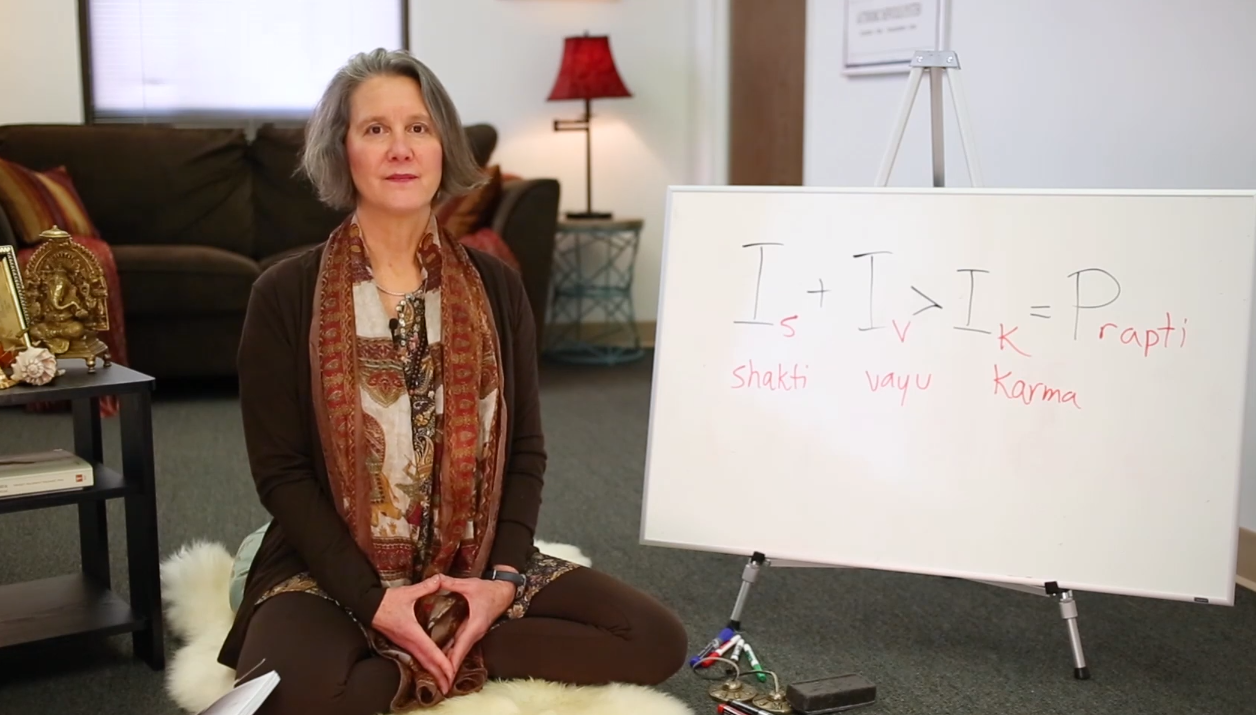Tantra is as misunderstood in the West, where it’s become synonymous with sexual rituals, as in the East, where it’s considered magic alchemy. But Tantra is actually a vast science that encompasses wisdom from Ayurvedic medicine, Samkhya/Yoga philosophy, Vedanta, Jyotish astrology and spiritual practices using yantras and mantras. The ultimate goal of Tantra is to systematically utilize all of the methods we can to accelerate transformation and help the practitioner to create a life that is richer and more complete. Its focus is on providing the correct approach and specific techniques to cause an individual to grow, become stronger and more capable by undoing all obstacles to freedom in the fastest way possible. According to Sandra Anderson, senior faculty at the Himalayan Institute, “Tibetan Buddhism, the philosophy of Kashmir Shaivism, and shakti sadhana (worship and practices centered on the Divine Mother) are all examples of the diverse faces of Tantra.”
There are three paths of Tantra: the Kaula path, which relies on external rituals; the Mishra path, which blends internal and external practices; and the Samaya path, which is purely internal and meditative. Samaya Tantra is ultimately more like a deep communion with the creative force of the universe, Shakti, than worship in a ritualistic sense. Yantras, geometric figures, and mantras, vibrational sounds, create a locus for these universal powers (shaktis) to manifest in our inner and outer lives. Patanjali’s teaching on Tantric alchemy can be found in the Yoga Sutras, chapter 3.
Tantra, in essence, signifies to expand beyond limitations. Its ideology recognizes that all of the powers, or shaktis, in the universe are encountered in the individual: Tatha brahmande, yatha pindande (“As in the macrocosm, so in the microcosm”). In Tantra, the ultimate yantra is the body, and our self-realization potential (kundalini shakti, the vast powers dormant within us) is awakened through the use of asana, pranayama, bandhas, mudras and mantra. Through these systematic technics, the practitioner harnesses prana shakti, the creative lifeforce, to enable the dormant kundalini to rise through the chakras, riding on the river of the central channel to the crown, where it can join pure consciousness. This “awakening” brings an intense and inexplicable joy that is beyond time, space and causation. We feel empowered, healed and fulfilled.
Tantric meditation, then, would use multiple tools and techniques to help us “pierce the veil” that obscures our awareness of limitless potential in the quickest and most effective ways. Using the simplest of asanas, one can stabilize the pelvic floor, strengthen the sacrum, and increase flexibility and stability in the spinal column. Pranayama serves to energize the solar plexus, access the heart center, and enter the eyebrow center, or third eye, to replenish the brain and nervous system. Subsequently, one can engage in the samyamas: Dharana (concentration), Dhyana (meditation), and Samadhi (union/merging with the Infinite).
Look for my guided Tantric Meditations on this platform to have a direct experience:
Tantric Meditation for Clarity & Wisdom – The third eye (ajna chakra) is the center of clarity and wisdom. Blending breathing techniques (pranayama), chanting, visualization (kriya), and vibrational sound (mantra) to gain access to Turya, the fourth dimension, tap into the wisdom of the third eye and rest in a pool of restful, effortless awareness.
Tantric Meditation to Clear Difficult Emotions – Tantric meditation is about the alchemy of transformation. In this meditation, you will use breath, concentration, visualization of energy movement and color, and meditation to transform difficult emotions in the heart center.
Tantric Meditation for Empowerment – Connect to the creative forces of will, power, and determination residing in your manipura (third chakra), known as the city of gems, by using breathing techniques, visualization, concentration of prana at the navel center, and mantra.
Tantric Meditation to Awaken Sushumna – One definition of a yogi is “one whose prana, or energy, is in the spine.” Connect to the spinal energy channel known as sushumna, clearing the path for Kundalini to rise, using breath, chanting AUM multiple times, visualization and meditation.
By Inge Sengelmann
Inge Sengelmann is a somatic psychotherapist and certified ParaYoga teacher, initiated in the Himalayan Tantric lineage of Sri Vidya. ParaYoga is a living link to the ancient traditions of yoga, meditation, and tantra.










